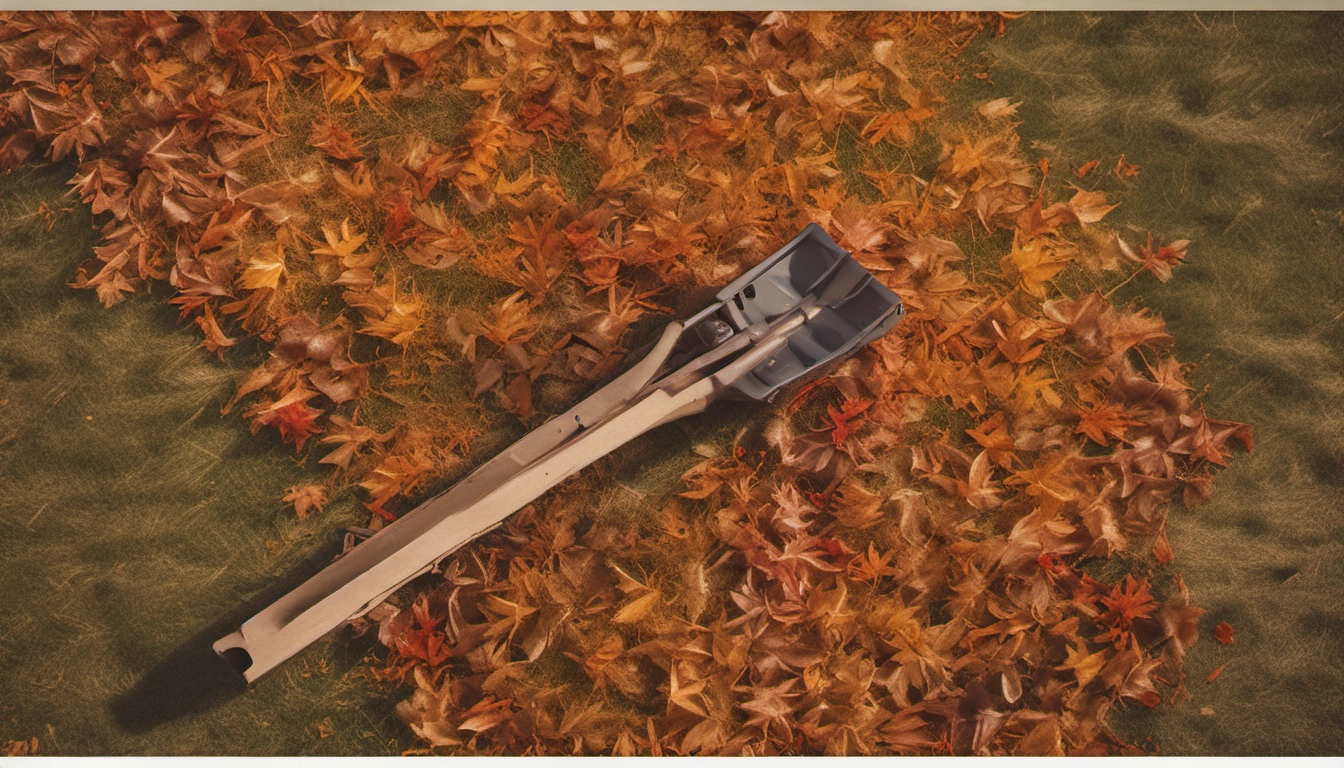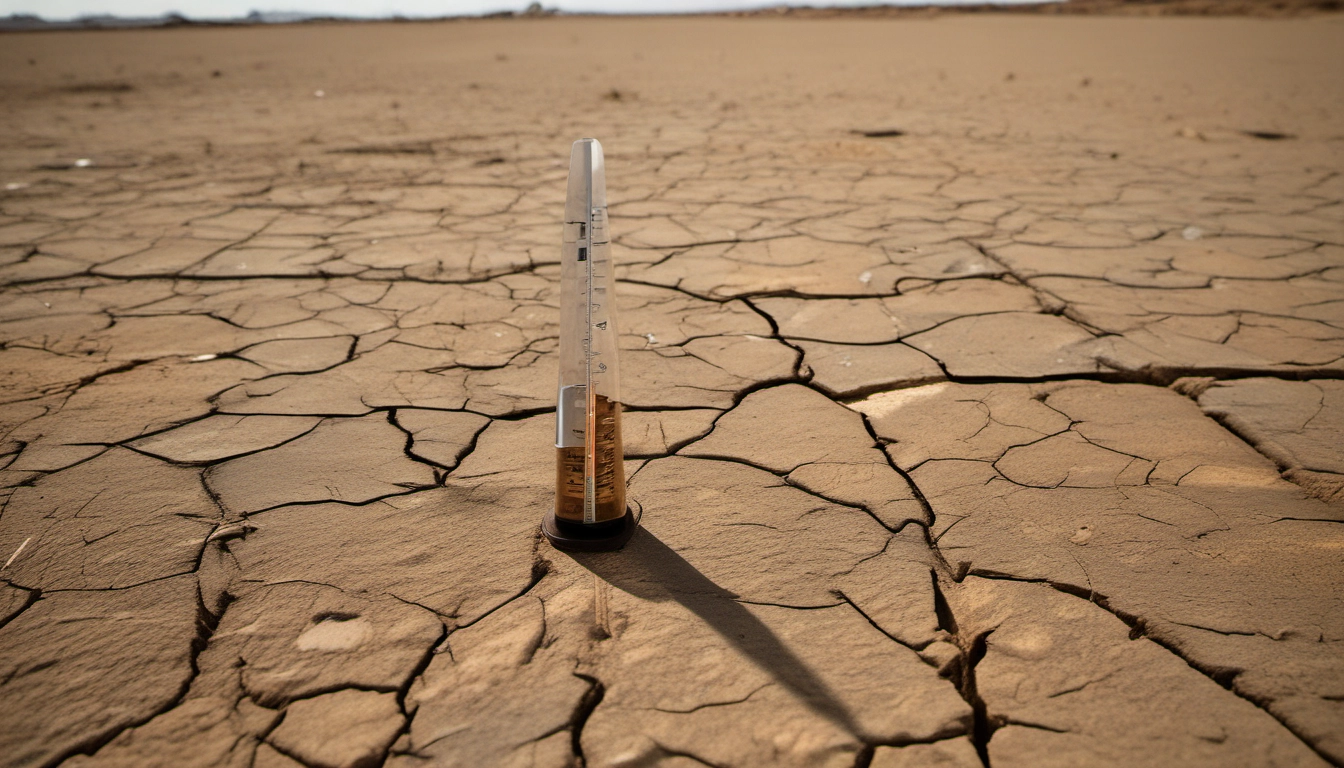Leaf Blower vs. Rake: Which to Choose
A practical guide to choosing between a rake and a leaf blower for your yard. Compare cost, noise, speed and which tool fits your needs.

Quick answer
Both are right sometimes. For small yards, tight beds, quiet neighborhoods, or low budgets, a rake is usually best. For large yards, lots of wet leaves, or saved time, a leaf blower wins. Read on for clear rules, numbers, and a 3-question checklist to pick the right tool.
Quick comparison
| Feature | Rake | Leaf Blower |
|---|---|---|
| Cost | $10–$40 | $50–$500+ |
| Speed | Slow | Fast |
| Noise | Very quiet | Moderate to loud (gas louder) |
| Effort | Physically active | Low effort |
| Best for | Small yards, tight spaces, wet leaves in small amounts | Large yards, pine needles, gutters, heavy debris |
Sources used for these benchmarks include Consumer Reports, Garden Mentors, and testing guides like Wirecutter.
3 quick questions to pick one
- How big is your yard? If under 1/4 acre, a rake may be fine.
- Do you need speed or quiet? Choose blower for speed, rake for quiet.
- Any rules or neighbors? Check local blower noise rules before buying.
Answer: Mostly A = Rake. Mostly B = Blower. Mix = Both tools.
When a rake is the better choice
- Small yards or patios where a blower is overkill.
- Near plantings where leaves should not be blown into beds.
- If you want the cheapest option or quiet work early in the morning.
- If you prefer a low-carbon choice and minimal gear maintenance.
A good leaf rake can last years and costs under $40. For tight corners, a rake gets into gaps a blower cannot. Garden writers note that in small spaces a rake may be all you need; keep leaves for compost or to shelter wildlife when possible (Garden Mentors).
When a leaf blower is the better choice
- Large yards, especially with many trees or steep areas.
- Tasks beyond leaves: clearing gutters, drying patios, moving grass clippings and pine needles.
- When you have back or joint pain and want less physical strain.
- When speed matters: tests find handheld blowers often cut task time significantly (Consumer Reports).
Leaf blowers come as corded electric, cordless battery, and gas models. Cordless models are getting better every year for power and runtime (Wirecutter, CNET).
Types and what they do best
Rakes
- Metal-leaf rakes: sturdy for heavy, wet leaves and thatch.
- Plastic fan rakes: lightweight, good for dry leaves, cheaper.
- Landscape rakes: wide reach for lawns and large piles.
Leaf blowers
- Handheld electric: light, best for small to medium yards and tight spots.
- Cordless battery: mobile and quiet compared with gas; watch battery life.
- Gas handheld or backpack: most powerful, best for big properties and pros.
- Blower-vacuum mulchers: blow, vacuum, and mulch leaves into a bag.
Retailers like Home Depot and Ace Hardware list specs such as MPH and CFM that tell you how much air the unit moves. Higher CFM and MPH clear larger piles faster.
Cost and 5-year ownership
- Rake: $10–$40 upfront, near-zero running cost, little maintenance.
- Electric blower: $50–$250, modest maintenance, low fuel cost.
- Cordless blower: $100–$500 with batteries; batteries may need replacement after a few years.
- Gas blower: $150–$700, higher maintenance and fuel cost, louder and higher emissions.
Think: a rake is the cheapest long-term. A blower pays back in time saved if you value hours saved each fall or have a large yard.
Noise, regulations, and neighbors
Noise matters. Many cities limit gas blowers or ban blowers at certain hours. Check local rules and your HOA. If quiet is important, choose a rake or a battery blower. Consumer testing and local guides note electric models are quieter than gas (Consumer Reports).
How to use each tool safely and well
Raking tips
- Stand tall and use knee-bend not back-arch. Keep rake handle long enough to avoid leaning over.
- Rake in the same direction to make tidy piles; use a tarp to move piles quickly.
- Leave some leaves in garden beds for winter habitat or add them to compost.
Leaf blower tips
- Wear eye and ear protection, dust mask, and close-toed shoes.
- Use low power near plants and houses; high power for big piles and wet leaves.
- Keep a neighbor-friendly schedule; avoid early mornings and late evenings.
Decision scenarios: quick picks
- Small yard, 1–2 trees, neighbor-friendly area: Buy a good rake and a tarp.
- Medium yard, mixed tasks (garage, gutters): Choose a cordless blower for versatility.
- Large, wooded property: Invest in a gas backpack blower or a high-CFM handheld model.
- Eco-first or tight budget: Rake, compost leaves, and save money.
Many homeowners keep both: a rake for beds and small jobs and a blower for lawns and heavy piles.
FAQs
Can a leaf blower damage my lawn?
If used incorrectly, a high-power blower on high close to the grass can lift mulch or damage delicate plants. Use lower speed and keep nozzle moving.
Are blowers bad for the environment?
Gas blowers emit pollutants and are noisy. Electric and cordless models are cleaner. Rakes have the lowest carbon impact (environmental reporting and testing sources note this trend).
What about wet leaves?
Wet leaves are heavier and harder to blow. Rakes or mulching vacuum-blowers often work better. Testing reports from product reviewers show cordless batteries drain faster on wet, heavy piles (The Spruce, Family Handyman).
Final tip from me
I recommend starting small: try a mid-priced rake and see how you feel. If raking is more work than you want, upgrade to a battery blower next season. That saves money now and gives you two good tools for different jobs. Small steps, big wins.
More reading
For tests and model picks see Wirecutter, CNET, and local rules via city resources or HOA guidelines.


